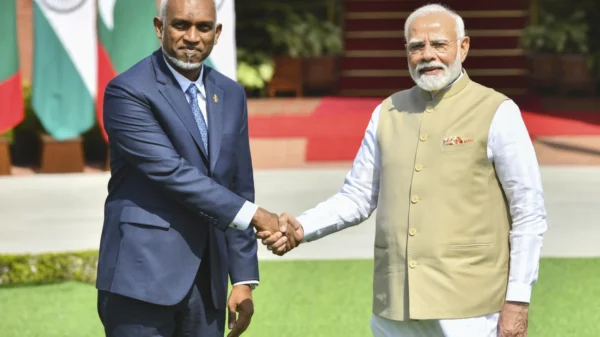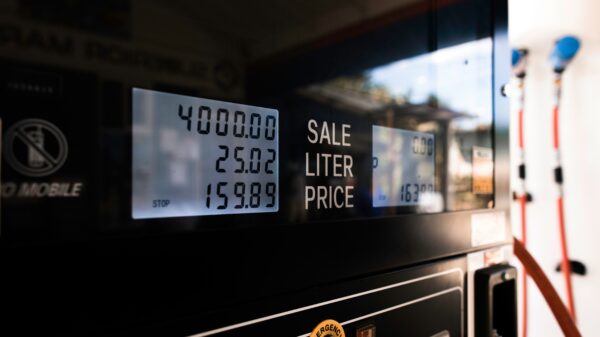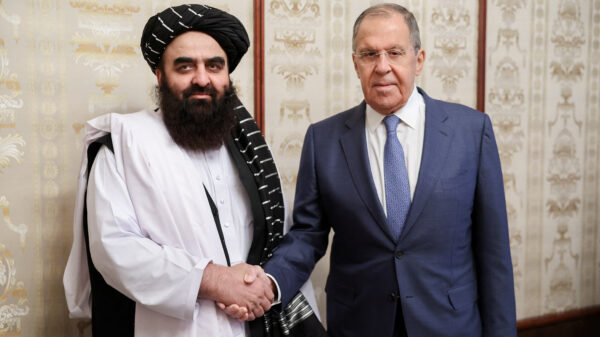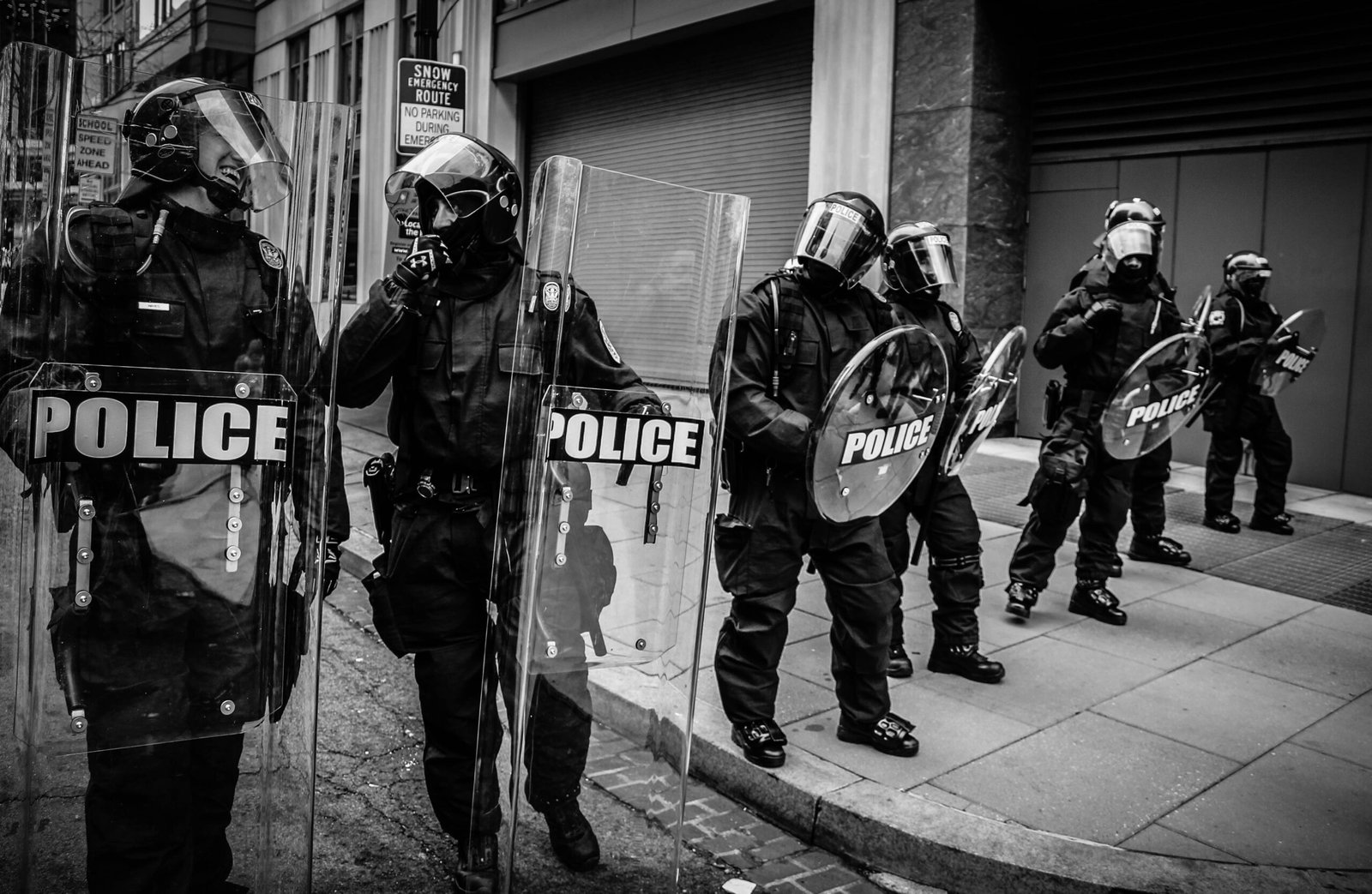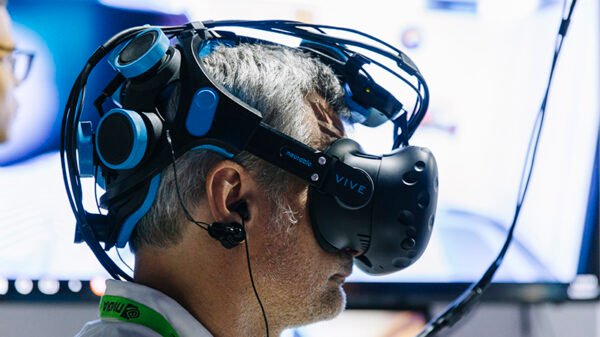Introduction
In recent years, there has been a growing concern about the increasing militarization of police forces around the world. This phenomenon refers to the adoption of military tactics, weapons, and equipment by law enforcement agencies. While the intention behind this shift may be to enhance public safety and combat crime, it raises important questions about the role of the police in society and the potential impact on civil liberties.
The Historical Context
The roots of police militarization can be traced back to the 1960s and 1970s when law enforcement agencies faced significant challenges such as civil rights protests, anti-war demonstrations, and the rise of organized crime. To effectively address these threats, police departments began to acquire surplus military equipment from the federal government, which was made available through programs like the 1033 Program in the United States.
Over time, this trend has accelerated, with police forces acquiring armored vehicles, military-grade weapons, and tactical gear. The rationale behind this has been to equip officers with the necessary tools to confront dangerous situations and protect themselves. However, critics argue that this militarization has created a sense of “us versus them” mentality, eroding the trust between law enforcement and the communities they serve.
The Impact on Policing
One of the consequences of police militarization is the shift in the way law enforcement interacts with the public. The use of military-style equipment and tactics can create an intimidating and confrontational environment, which may escalate tensions and lead to unnecessary use of force. This has been particularly evident in instances of protests or demonstrations, where the presence of heavily armed police officers can stifle free speech and assembly.
Moreover, the militarization of police has raised concerns about the erosion of civil liberties. The use of surveillance technologies, such as drones and facial recognition systems, has increased, raising questions about privacy and the potential for abuse. Critics argue that these measures disproportionately target marginalized communities and exacerbate existing inequalities within the criminal justice system.
Public Perception and Accountability
Another issue stemming from police militarization is the impact on public perception and trust. The sight of heavily armed officers can create a sense of fear and unease among the public, especially in communities that have historically experienced over-policing and systemic discrimination. This can further strain the already fragile relationship between law enforcement and marginalized communities.
Furthermore, the use of military equipment and tactics can undermine the accountability of the police. The blurring lines between military and law enforcement can make it difficult to hold officers accountable for their actions, as they may be shielded by the legal protections afforded to the military. This lack of transparency and oversight can erode public trust and hinder efforts to address instances of police misconduct.
The Need for Reforms
Recognizing the concerns surrounding police militarization, there have been calls for reforms to ensure a more balanced and community-oriented approach to policing. These reforms include demilitarizing police forces by reducing the acquisition of military equipment, implementing de-escalation training, and promoting community policing strategies that prioritize building relationships and trust with the public.
Additionally, there is a need for greater transparency and accountability within law enforcement agencies. This can be achieved through the implementation of independent oversight mechanisms, increased data collection on police activities, and the establishment of clear guidelines for the use of military equipment and tactics.
Conclusion
The militarization of police forces represents a complex issue that requires careful consideration. While there may be legitimate reasons for equipping law enforcement with military-grade equipment, it is essential to strike a balance between public safety and the protection of civil liberties. By reevaluating the role of the police in society and implementing necessary reforms, we can work towards a more accountable, community-oriented approach to policing.





